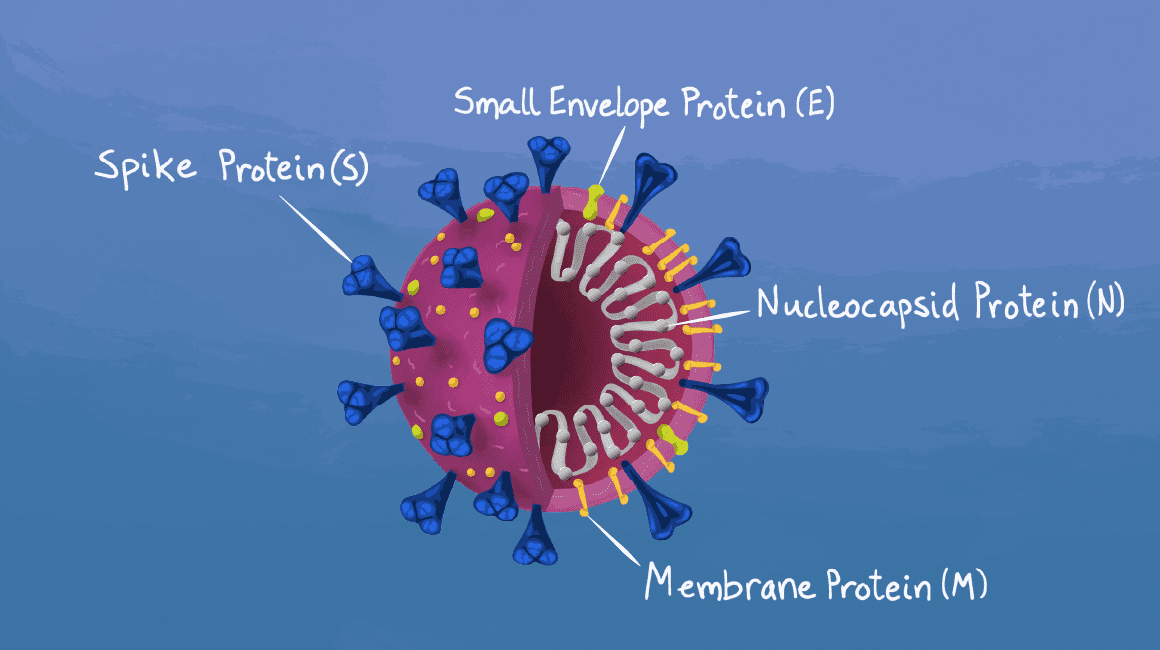With news of the new variant of the COVID-19 virus reaching 16 states here in the US, many are asking: What is this Omicron variant?
The Omicron variant of COVID-19 was first reported to the World Health Organization by the Head of South African Medical Association, Dr. Angelique Coetzee. As of December 6, 2021, there are about 59,000 Americans hospitalized due to said variant. The Delta variant, more than twice as contagious than previous variants according to the CDC, still continues to be the leading cause of COVID-related hospitalization and deaths today in the US and many other countries. However, medical experts are saying that Omicron has a few different key mutations that make it very likely to outperform Delta. How does this Omicron variant compare to the deadly Delta variant which we’ve been battling this year? Here are the main things you need to know.
Symptoms of the Omicron variant:
- Fever or chills
- Cough
- Shortness of breath or difficulty breathing
- Fatigue
- Muscle or body aches
- Headache
- New loss of taste or smell
- Sore throat
- Congestion or runny nose
- Nausea or vomiting
- Diarrhea
Infection and Spread:
So far, people who have been diagnosed with the Omicron variant of SARS-Cov-2 in the US have or had mild symptoms, yet it is said to be much more contagious. Why? The difference in the structure of the spike protein. Variants of COVID-19 have mutations present in the spike protein due to copying errors in our DNA.
Omicron Structure pictured
The Delta variant has 18 mutations in its spike proteins…Omicron has a whopping 43! That is many, many more than Delta. Jeremy Kamil, associate professor of microbiology and immunology at Louisiana State University Health Shreveport, said, “The number of changes blew people’s minds…It’s an exaggeration to say we’re back at square one, but this is not a good development.”
Around 30 countries have detected said variant so far; 19 states in the US have. The high number of mutations it contains does not necessarily mean it’s more dangerous. As previously stated, Omicron patients have thus far exhibited milder symptoms. Dr. Coatzee said that she first discovered Omicron’s appearance as her patients exhibited “unusual symptoms” in comparison to the Delta variant. However, don’t be too scared; experts say our immune systems have grown more equipped to fight the COVID-19 virus.
We still have yet to learn more about Omicron and its nature, infection, etc., as it is very new.
 The original COVID-19 virus’s structure is pictured above
The original COVID-19 virus’s structure is pictured above
With Omicron having more than double the mutations as Delta, the likeliness of transmission/level of contagiousness is quite high–also meaning that the efficacy of our vaccine could be compromised. The Omicron spike protein has similar components that of the Delta, beta, and gamma variants, meaning that the rate of transmissibility is similar. With Omicron having the largest number of mutations, however, transmissibility can be increased more than 2x!
What should you do?
Well, continue to follow the standard COVID-19 measures. Wear a mask, social distance, wash your hands, travel less, and just be careful. These methods have proven time and time again to help. Travel restrictions on the rise can be tough with the holidays coming, but remember that they are only in place for the sake of our safety. It is important to follow these rules as the pandemic is not over.



Leave a Reply